Giant Sequoia Tree
- June 26, 2023
- 1 comment
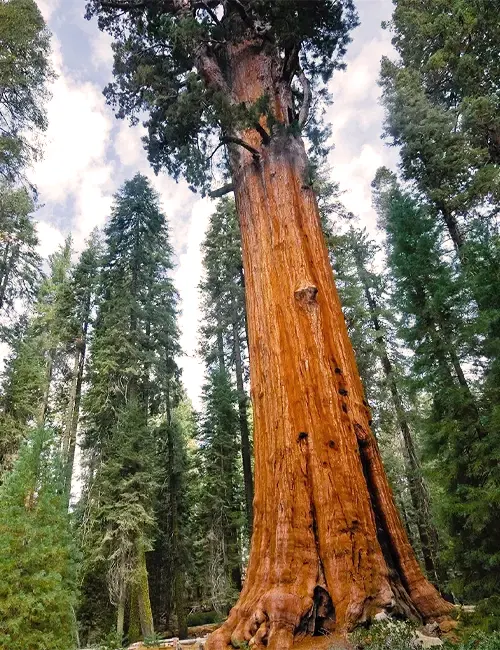
Common Name: Giant Sequoia
Botanical Name: Sequoiadendron giganteum
Family: Cupressaceae
Plant Type: Evergreen conifer
When you think of grandeur and majesty in the plant kingdom, few trees can rival the Giant Sequoia. With its awe-inspiring size and remarkable lifespan, this magnificent tree has captured the imagination of nature enthusiasts for centuries. In this article, we will delve into the fascinating world of the Giant Sequoia and explore its various aspects, from its common and botanical names to its care requirements and unique characteristics.
Lumber
Giant Sequoia lumber is derived from the majestic Giant Sequoia tree, known for its immense size, longevity, and captivating beauty. Native to the Sierra Nevada Mountains in California, these awe-inspiring trees can reach heights of over 250 feet (76 meters) and have diameters exceeding 20 feet (6 meters). The lumber showcases a light reddish-brown color with streaks of darker red and purple, which deepen over time and exposure to sunlight. With a straight grain and coarse, even texture, Giant Sequoia lumber is prized for its unique appearance.
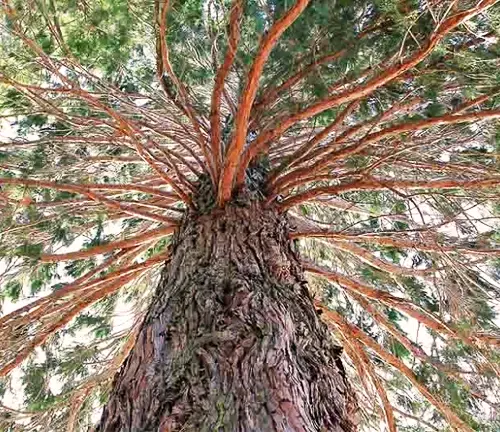
Mature Size and Growth Rate
The Giant Sequoia is renowned for its colossal size, reaching heights of up to 250 feet (76 meters) or more. These majestic giants have a massive trunk diameter that can exceed 30 feet (9 meters). In terms of growth rate, they are considered relatively fast-growing when young but slow down as they mature, adding around one to two feet in height per year.

Soil Type and Preference
Giant Sequoias thrive in deep, well-drained soils, preferably with a slightly acidic to neutral pH level. They have adapted to various soil types, including sandy, loamy, and clay soils. However, adequate drainage is crucial to prevent root rot and other water-related issues.

Hardiness Zones
These impressive trees are hardy in USDA zones 6 to 8, making them well-suited to the Sierra Nevada mountain range in California, their native habitat. They require a combination of mild winters and warm summers to flourish.
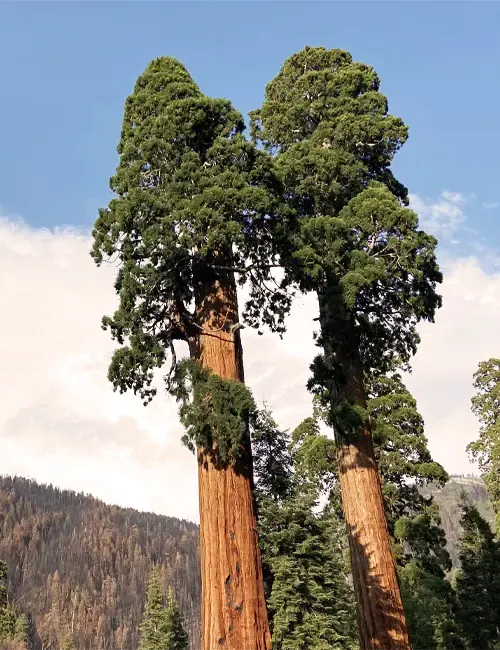
Sun Preference
Giant Sequoias are sun-loving trees that require full sun exposure to reach their full potential. They thrive in open areas where they can bask in the sunlight and absorb their energy for growth.
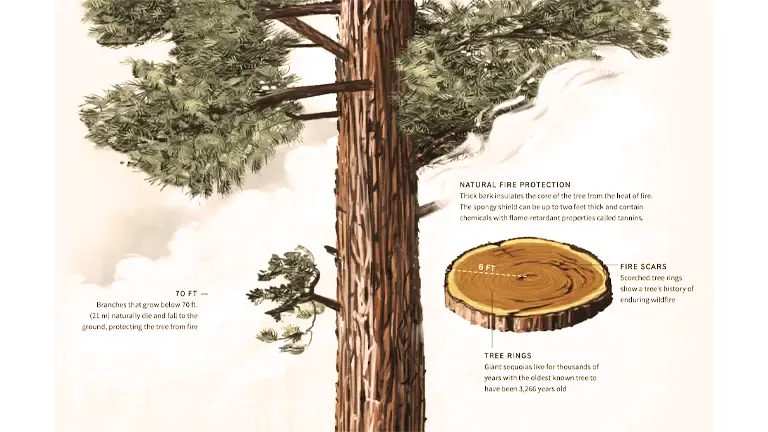
Attributes and Characteristics
The most striking feature of the Giant Sequoia is undoubtedly its sheer size. Towering above the surrounding landscape, these trees command attention. Their reddish-brown bark is thick, spongy, and fire-resistant, offering protection against wildfires. The dense, evergreen foliage consists of small, scale-like leaves that emit a pleasant fragrance when crushed.
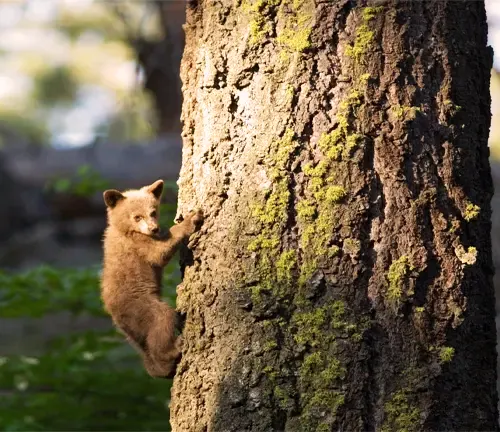
Wildlife Value
Giant Sequoias provide valuable habitats for numerous wildlife species. The lofty branches offer nesting sites for birds, while the tree cavities and bark provide shelter for a variety of animals, including squirrels, owls, and bats. Additionally, the seeds and cones serve as a food source for birds and small mammals.
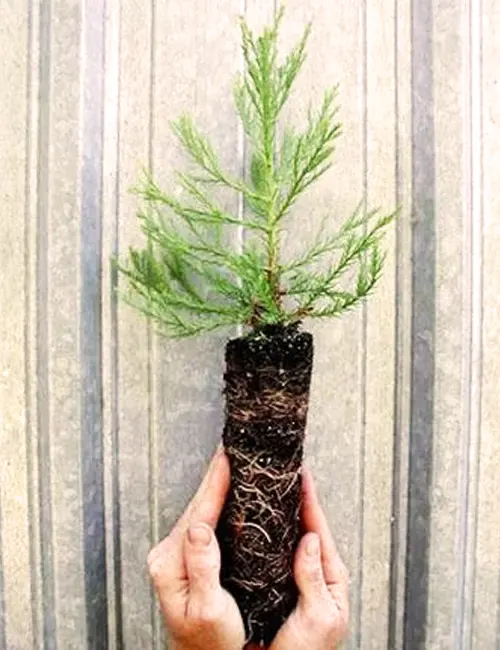
Care
While Giant Sequoias may seem daunting to grow, they can thrive with proper care. It’s crucial to plant them in well-drained soil and ensure they receive ample sunlight. Regular watering is essential during the establishment phase, but once established, they are relatively drought-tolerant. Mulching around the base of the tree helps retain moisture and suppress weed growth. Pruning should be limited to the removal of dead or damaged branches.
Benefits
Giant Sequoias offers numerous benefits to the environment and humans alike. They help combat climate change by sequestering significant amounts of carbon dioxide from the atmosphere. Their extensive root systems aid in erosion control and improve soil stability. Moreover, these magnificent trees enhance the aesthetic appeal of landscapes and provide shade in urban areas.
Invasive
Giant Sequoias are not considered invasive. They are native to a specific region and have coexisted with the surrounding ecosystem for millennia.
Lifespan
The lifespan of a Giant Sequoia is truly remarkable. Under favorable conditions, these trees can live for over 3,000 years, making them some of the oldest living organisms on Earth. They have witnessed the rise and fall of civilizations, the passing of centuries, and the changing face of our planet.
Disadvantages
While the Giant Sequoia possesses many admirable qualities, it may not be suitable for all landscapes. Its immense size requires ample space, making it impractical for small gardens or confined areas. Additionally, the slow growth rate means it may take several decades for the tree to reach its full potential.
Edible or Not
The Giant Sequoia is not considered edible. Its foliage and woody parts are not typically consumed by humans or animals.
Habitat Requirements
Giant Sequoias are primarily found in the Sierra Nevada mountain range of California, where they flourish in well-drained soils at elevations between 5,000 and 7,000 feet (1,500 to 2,100 meters). They have adapted to the region’s Mediterranean climate, which features hot, dry summers and cold, snowy winters.
Name Origin
The name “Giant Sequoia” pays homage to Sequoyah, a Cherokee silversmith, and scholar who created the Cherokee syllabary. The botanical name, Sequoiadendron giganteum, reflects the tree’s massive size and belongs to the cypress family (Cupressaceae).

Varieties
There is only one recognized species of Giant Sequoia, Sequoiadendron giganteum. However, within this species, there are various cultivars and selected forms available with slight variations in growth habit or coloration.
Pruning
Pruning Giant Sequoias should be minimal and focused on removing dead or damaged branches. It is important not to remove too many live branches, as this can negatively impact the tree’s health and aesthetic appeal.
Propagating
Giant Sequoias can be propagated through seeds or cuttings. Growing from seeds can be a lengthy process, often requiring stratification to break seed dormancy. Cuttings can be taken from young trees, although success rates may vary.
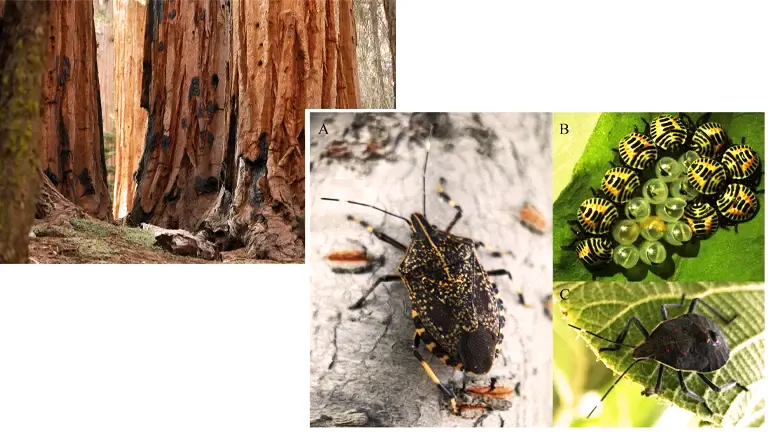
Common Pests & Diseases
Giant Sequoias are relatively resistant to pests and diseases. However, they can occasionally be affected by spider mites, aphids, and bark beetles. Proper cultural practices, such as maintaining tree health and providing adequate spacing, can help prevent infestations and mitigate disease risks.
Fun Facts:
- The Giant Sequoia’s scientific name, Sequoiadendron giganteum, translates to “giant Sequoia tree.”
- The General Sherman Tree, located in Sequoia National Park, California, is the largest known living tree by volume.
- The bark of the Giant Sequoia can grow up to three feet thick, acting as a natural defense against fire.
- Despite their immense size, Giant Sequoia seeds are no larger than a grain of oatmeal.
- The wood of Giant Sequoias is highly resistant to decay, which has allowed fallen trees to persist for centuries.
Frequently Asked Questions
- Q: Are Giant Sequoias the tallest trees in the world?
A: While Giant Sequoias are among the tallest trees, the title of the world’s tallest tree goes to the coastal redwood (Sequoia sempervirens). - Q: Can I grow a Giant Sequoia in my backyard?
A: Giant Sequoias require significant space to reach their full potential. They are best suited for large landscapes or public areas where their grandeur can be appreciated. - Q: Do Giant Sequoias reproduce from cones?
A: Yes, Giant Sequoias produce cones containing seeds. The cones typically disintegrate upon maturity, releasing the seeds to the ground. - Q: How long does it take for a Giant Sequoia to reach its full size?
A: It can take several centuries for a Giant Sequoia to reach its full size. These trees are long-lived and exhibit slow growth rates.
In conclusion, the Giant Sequoia stands as a testament to the beauty and resilience of nature. Its imposing size, longevity, and ecological importance make it an iconic symbol of the natural world. While challenging to cultivate in smaller spaces, encountering a Giant Sequoia in its native habitat or protected areas is a humbling experience that leaves a lasting impression on all who witness its magnificence.



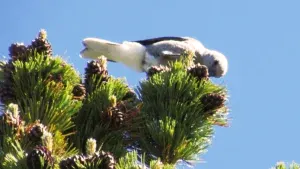
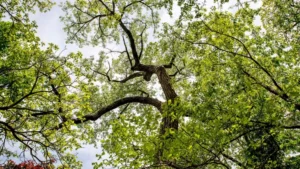

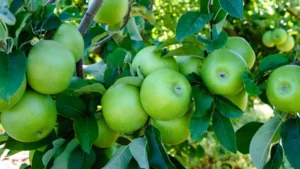
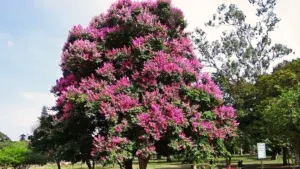
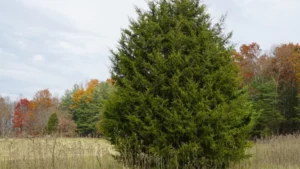
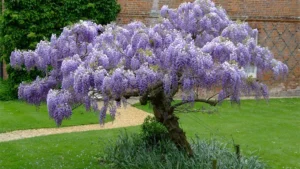
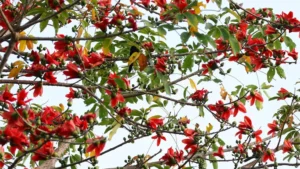
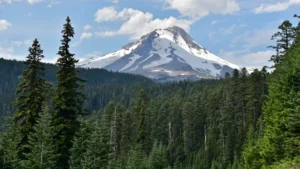
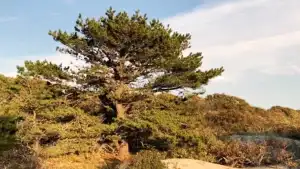
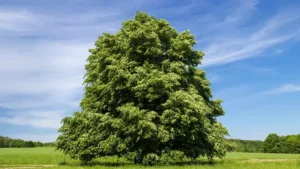
I love reading about the majestic Sequoia giants. I first learned about them in 1975 when I took Forestry and Wildlife management courses. I have since visited Seqouia National park and Kings canyon 20 or more time and introduced the trees to my children and other family members. I still am in awe ever time I visit. Gods gifts to us!! Many camping vacations there. Simply the BEST!!
Mike McCormick
September 18, 2023 5:41 pm